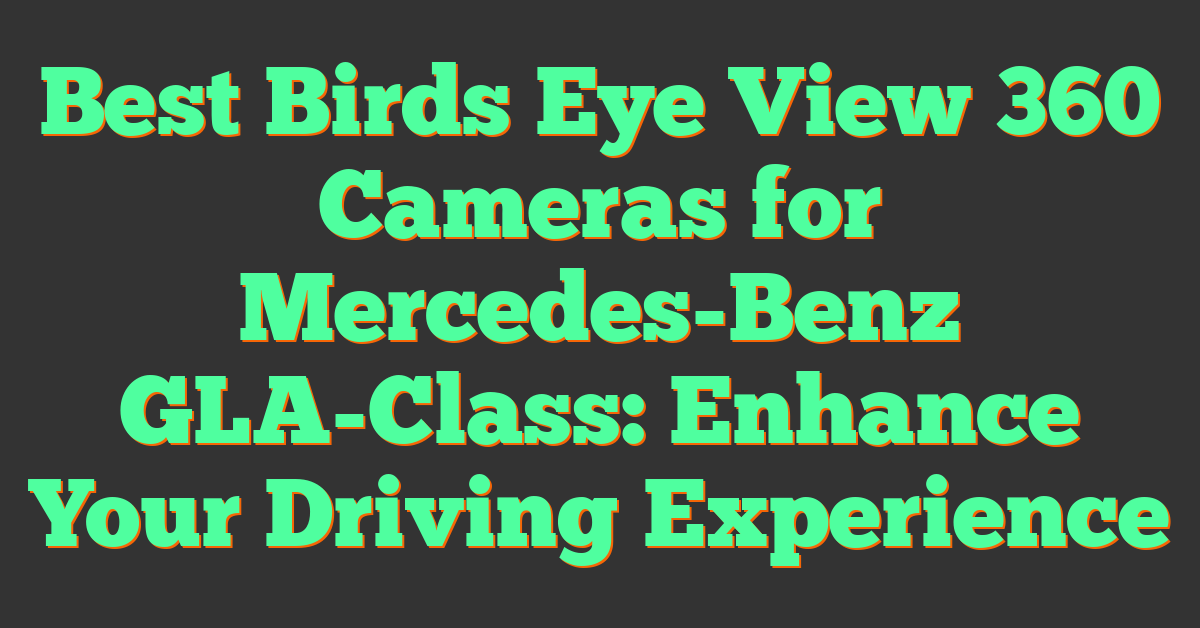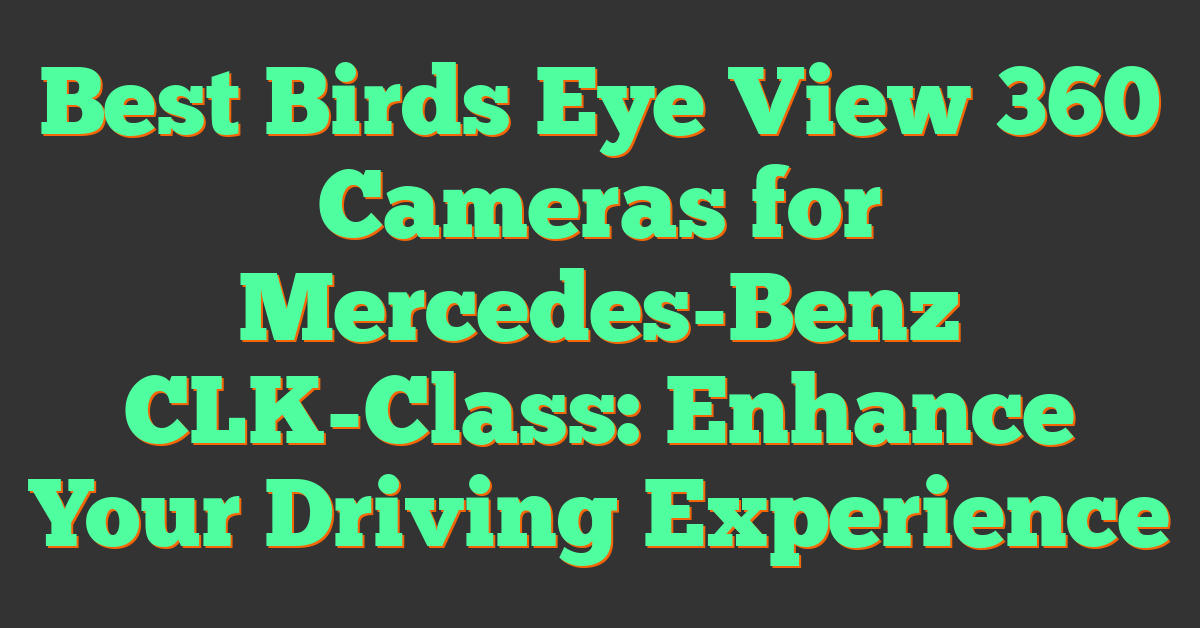Key Takeaways
- A 360 camera captures a complete spherical view of its surroundings, using multiple ultra-wide-angle lenses and stitching software to create seamless immersive photos and videos.
- 360 cameras are widely used for virtual reality, creative storytelling, and interactive media, offering viewers the ability to explore content from every angle.
- There are consumer-grade and professional 360 camera models—consumer models are affordable and user-friendly, while professional models deliver higher resolutions and advanced features for VR production and cinematic projects.
- Benefits of 360 cameras include creating immersive content, capturing interactive virtual tours, and enhancing audience engagement, making them invaluable for photographers, marketers, and content creators.
- Limitations of 360 cameras include resolution spread across spherical views, dynamic range challenges, and high costs for professional models, along with the need for specialized software and ample storage.
- Popular applications for 360 cameras range from real estate virtual tours and VR content creation to social media marketing, making them versatile tools for various industries.
Ever wondered how those immersive, all-encompassing photos and videos are created? That’s where a 360 camera comes in. Unlike traditional cameras, a 360 camera captures everything around it in a single shot, giving you a spherical view of the world. It’s like stepping into the scene rather than just looking at it.
These cameras use multiple lenses or specialized technology to record in all directions simultaneously. The result? Stunning, interactive content that lets you explore every angle. Whether it’s for virtual tours, action-packed adventures, or creative storytelling, 360 cameras are changing how we experience visuals.
Curious about how they work and what makes them so unique? Let’s dive deeper into the mechanics and possibilities of these fascinating devices.
What Is a 360 Camera?
A 360 camera is a device designed to capture an entire spherical view of its surroundings. Unlike standard cameras that focus on a single angle, 360 cameras record everything around them—both horizontally and vertically—in one shot. This is achieved by using two or more ultra-wide-angle lenses, typically with fields of view around 180°, mounted back-to-back or arranged strategically on the device.
These cameras stitch the footage or images from each lens into a seamless panoramic or spherical format. Advanced software handles the stitching process, aligning and merging individual frames to produce a smooth, immersive view. The resulting content can be explored interactively, letting viewers pan around to see every direction, making 360 cameras ideal for photography, virtual reality, and immersive storytelling.
Modern 360 cameras come with built-in features like high-resolution video (some exceeding 5.7K), stabilization, and mobile app integration for easy editing and sharing. Their compact designs and lightweight builds make them perfect tools for photographers, videographers, and anyone passionate about creative content. Various models cater to diverse needs, from professional-grade devices used for VR production to consumer-friendly models perfect for social media.
How Does a 360 Camera Work?
A 360 camera captures a complete spherical view of its surroundings by utilizing multiple lenses and advanced software. These devices rely on precise hardware and computational processes to deliver immersive experiences perfect for virtual reality, photography, and videography.
Camera Design and Build
The design of a 360 camera revolves around lens configuration and compact build. Most models use two fisheye lenses, each with a 180-degree field of view, placed on opposite sides of the camera’s body. Some high-end models utilize more lenses to increase resolution and reduce blind spots. The compact and lightweight construction makes them easy to carry, while durable materials often allow for outdoor and action use. Many cameras include tripod mounts, touchscreen displays, and buttons for intuitive controls.
Stitching Technology
Stitching technology combines overlapping footage from multiple lenses into a single seamless 360-degree image or video. The camera captures slightly overlapping perspectives from its lenses, which advanced algorithms stitch together. Built-in processors achieve real-time stitching in some models, while others rely on external software for higher accuracy. The quality of stitching defines the final output’s smoothness, ensuring there are no visible seams. Professional-grade cameras often feature optical calibration and advanced stitching to achieve perfect results.
Software and Image Processing
« Unlock the Full Potential of Photography: Top Benefits of 360 Cameras for Everyday Users
Revolutionizing Views: A Timeline of 360 Camera Innovations and Their Impact on Storytelling »
360 cameras use proprietary software for image processing, enhancing clarity and dynamic range. Integrated mobile or desktop apps allow users to edit, color-grade, and add effects to their 360 content effortlessly. These tools also enable exporting the output in various formats compatible with social media, virtual reality platforms, or professional projects. Some cameras include advanced features like spatial audio synchronization and AI-based editing to create engaging, immersive visuals efficiently.
Types of 360 Cameras
360 cameras come in a variety of types, each catering to different needs and skill levels. Whether you’re an enthusiast exploring new perspectives or a professional seeking advanced tools, there’s an option available.
Consumer-Grade 360 Cameras
Consumer-grade 360 cameras are designed for casual users and hobbyists. These cameras are compact, affordable, and easy to use, making them ideal for those starting with 360 photography or video. Many models, like the Insta360 GO 3 and Ricoh Theta SC2, feature automatic stitching technology, eliminating the need for manual post-processing. They typically capture 4K to 5.7K video and photos, ensuring decent quality for sharing on social media or personal projects.
They often include features like built-in stabilization, mobile app integration, and one-touch controls. These simplify the process of capturing immersive content. For instance, I find the mobile app functionality incredibly helpful for framing shots and quickly transferring files for editing.
Professional 360 Cameras
Professional 360 cameras cater to creators who demand higher quality, advanced controls, and robust performance. These models, such as the Insta360 Pro 2 and Kandao Obsidian R, are equipped with multiple lenses and larger sensors to capture up to 12K resolution, delivering superior visual detail. They’re well-suited for virtual tours, cinematic productions, and VR content creation.
Unlike consumer models, professional cameras often support manual settings like ISO, aperture, and shutter speed adjustments. Features like precise stitching algorithms, RAW capture, and spatial audio recording offer greater creative control. I’ve used professional 360 cameras to create immersive VR experiences, and their ability to handle complex environments never fails to impress me.
Benefits of Using a 360 Camera
Capturing content with a 360 camera opens up creative possibilities that standard cameras can’t match. From immersive storytelling to practical applications, these devices bring unique advantages for photographers, videographers, and content creators.
Immersive Media Creation
360 cameras create fully immersive photos and videos. By capturing an entire scene in all directions, they allow viewers to explore content interactively, experiencing the moment as if they were there. For example, virtual reality (VR) videos produced with 360 cameras transport users to destinations or events, providing a sense of presence that’s invaluable for storytelling. This level of immersion is a powerful tool for creative professionals aiming to captivate their audience.
Versatility in Applications
360 cameras adapt to a wide range of uses. They’re perfect for virtual tours of real estate properties, travel experiences, and event coverage. Additionally, they enhance video production workflows by enabling creators to reframe shots in post-production, extracting standard or wide-angle clips from the 360 footage. I frequently use mine for behind-the-scenes captures, creating engaging content that provides multiple perspectives in a single shoot.
Enhanced User Engagement
Interactive 360 content achieves higher audience engagement. Viewers can navigate scenes to discover hidden details, click on hotspots in virtual tours, or rotate through an event’s panoramic view. This interactivity not only keeps audiences intrigued but also boosts their emotional connection to the content. When I share 360 content online, I notice more comments, questions, and shares, proving its ability to ignite curiosity and foster discussions.
Limitations of 360 Cameras
Despite offering immersive experiences, 360 cameras come with certain limitations that photographers and videographers should consider. These challenges can affect the quality, usability, and accessibility of the technology.
Resolution and Detail Challenges
While 360 cameras capture a surrounding area, the resolution gets spread across the entire spherical image. Even with 4K or higher resolutions, the resulting clarity may feel inadequate compared to traditional cameras because the pixel density isn’t concentrated on a single frame. For example, viewing a 4K 360 video may appear less sharp in specific sections when zooming in. This can be particularly noticeable in professional projects requiring fine details.
Dynamic range poses another issue, as many 360 cameras struggle to balance highlights and shadows effectively. In conditions with uneven lighting, such as outdoor scenes, overexposure or lack of detail in darker regions often occurs. Advanced sensors and HDR modes mitigate this to some extent, yet the results rarely match higher-end DSLRs or mirrorless cameras in complex lighting setups.
Cost and Accessibility
High-quality 360 cameras remain a significant investment, especially for professional use. While consumer-grade models cost $300–$500 on average, professional models equipped with advanced features like superior resolution and manual controls typically range from $1,500 to $5,000 or more. This price barrier can deter hobbyists or beginners exploring immersive media.
Accessibility issues stem from the specialized software required for editing and rendering. Many 360 cameras rely on proprietary applications for stitching and post-processing, which adds to the time and learning curve. Not all platforms support native 360 video playback, making it tougher to share content across services. Additionally, sharing full-resolution 360 content often requires substantial storage and bandwidth, which further complicates its accessibility for creators with limited resources.
Popular Uses for 360 Cameras
360 cameras unlock creative possibilities for photographers, videographers, and content creators. Their ability to capture immersive, interactive visuals makes them indispensable in various fields.
Virtual Reality Content
Creating immersive virtual reality (VR) experiences begins with 360 cameras. Their spherical footage serves as the foundation for VR applications, ranging from gaming to education. I’ve used 360 footage extensively in VR storytelling, where viewers can step into the narrative and explore the environment. Features like spatial audio enhance this immersion, making the technology perfect for simulations, documentaries, and cinematic experiences. Popular VR platforms like Oculus and Steam accept 360 video formats, making these cameras an essential tool for VR creators.
Real Estate Photography
360 cameras revolutionize real estate photography by delivering virtual property tours. A single 360 camera setup captures entire rooms in one shot, providing potential buyers or renters with a walkthrough-like experience. I’ve seen how this technology improves listings by offering a complete sense of the space, dimensions, and layout, saving time for both realtors and clients. Using 360 photos or videos in real estate marketing creates viewer engagement and adds a modern touch to presentations. Integration with platforms like Matterport or Zillow enhances sharing opportunities.
Social Media and Marketing
Interactive, shareable 360 content thrives on social media platforms. I’ve shot 360 videos that captivate audiences by allowing them to pan around and explore scenes, pushing engagement far beyond traditional formats. With platforms like Facebook and YouTube supporting 360 media, brands use these visuals to showcase events, products, or behind-the-scenes moments. Marketers leverage this format to stand out in crowded feeds, and influencers use it to create immersive lifestyle content. The ability to produce eye-catching visuals efficiently makes 360 cameras ideal for social storytelling and promotions.
Conclusion
A 360 camera opens up endless possibilities for capturing and sharing immersive content. Whether you’re a professional creator or a hobbyist, these innovative devices offer unique ways to tell stories, explore new perspectives, and engage your audience. While they come with some challenges, their versatility and creative potential make them a valuable addition to any toolkit. As technology continues to evolve, 360 cameras are only set to become more accessible and powerful, paving the way for even more groundbreaking applications.















